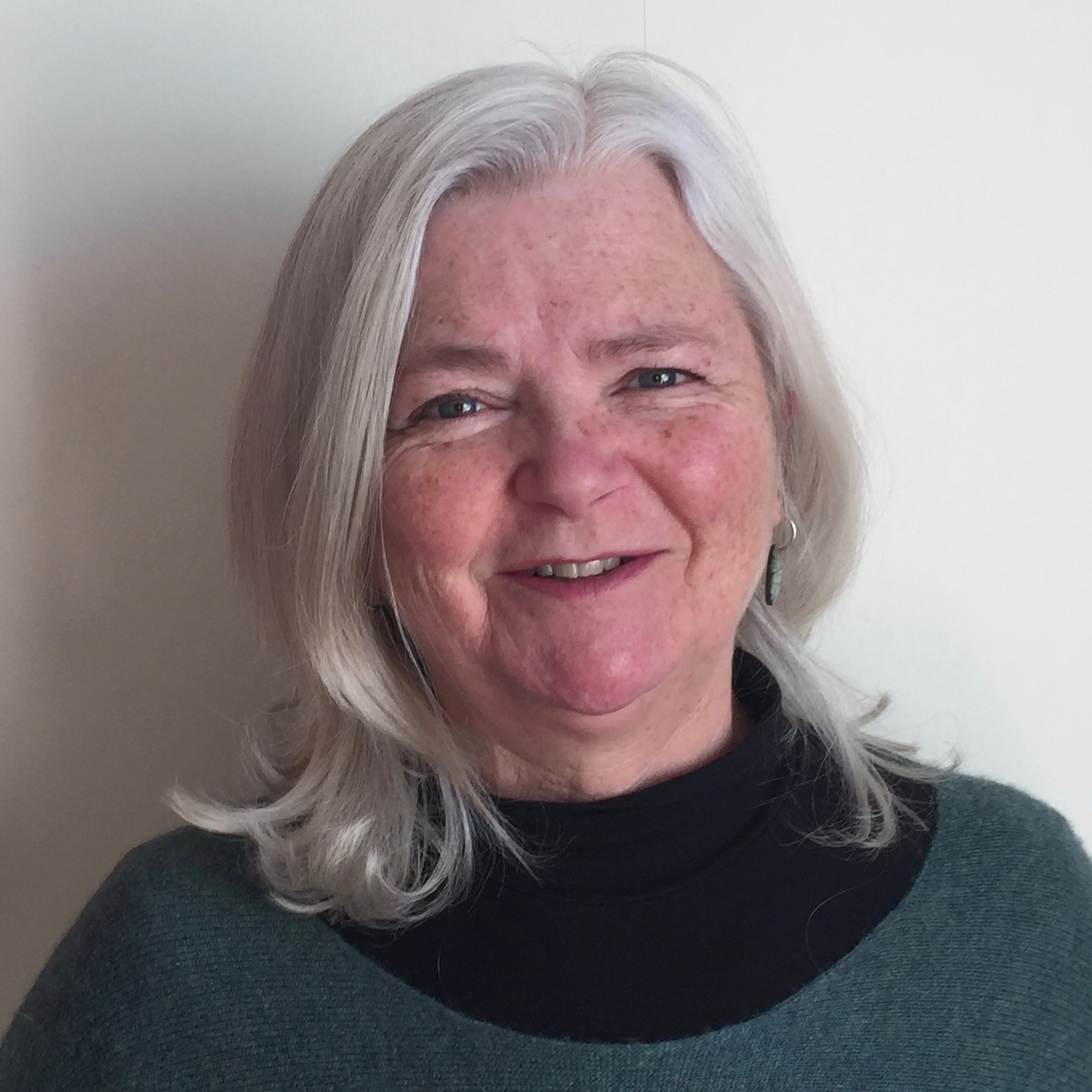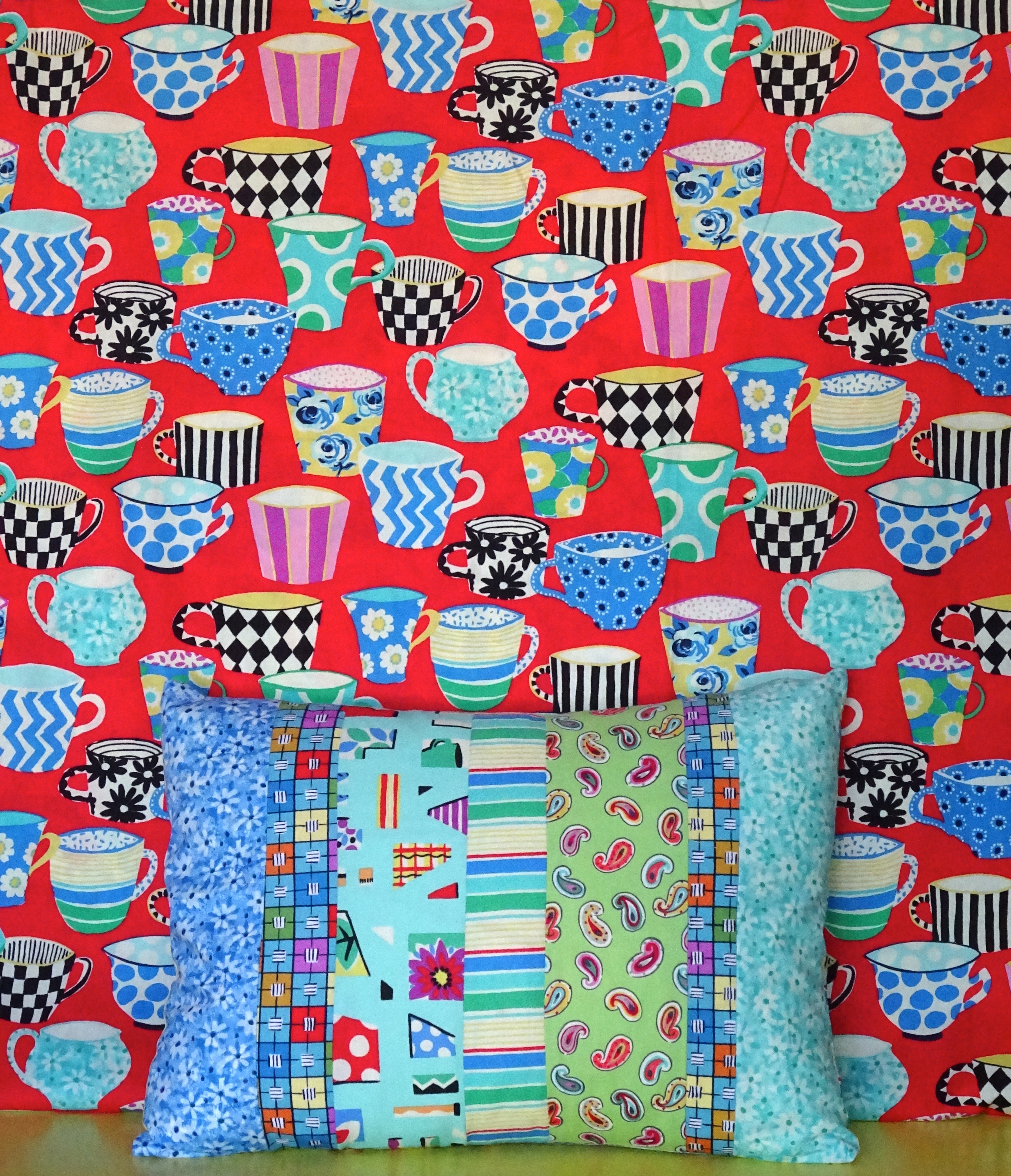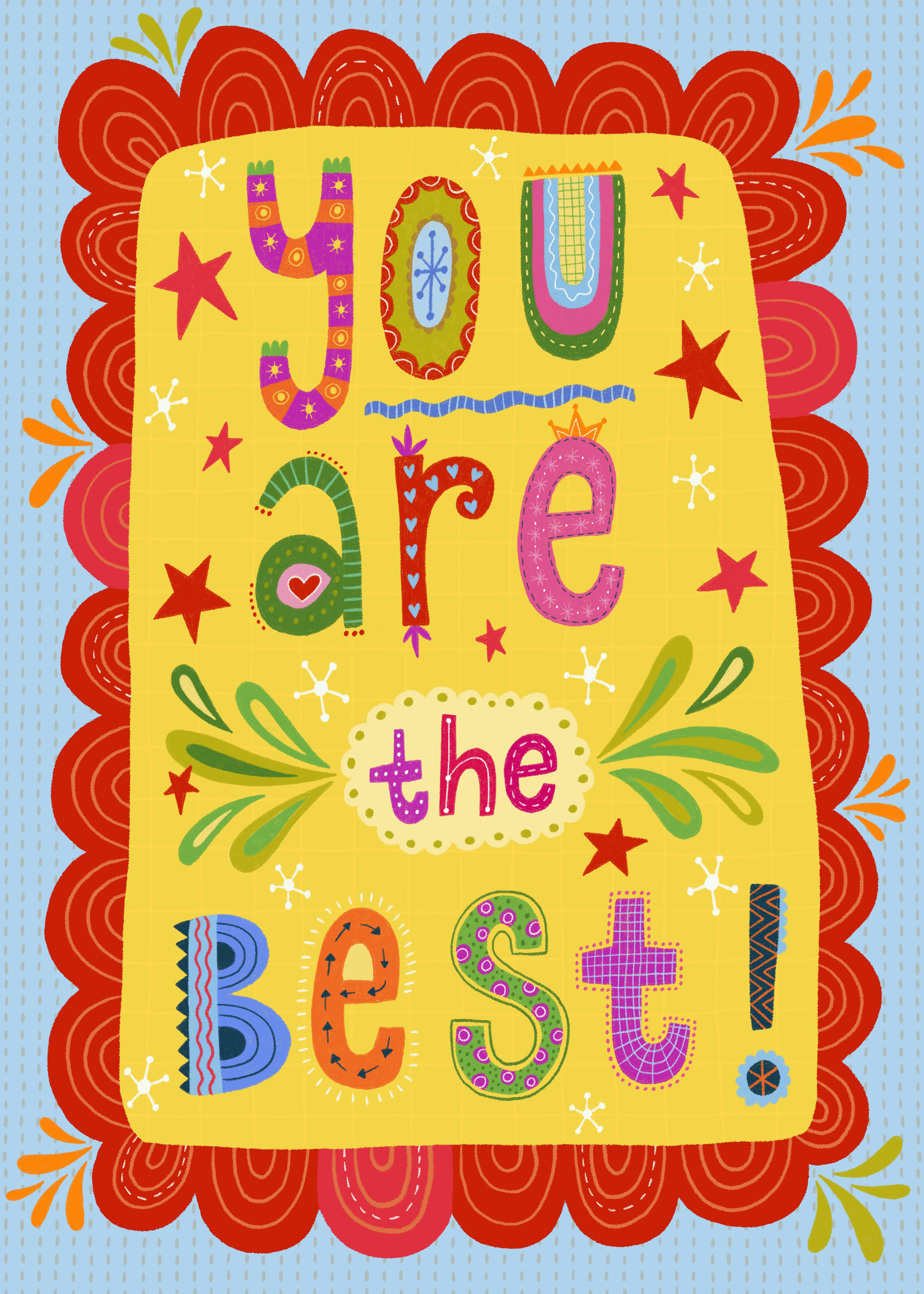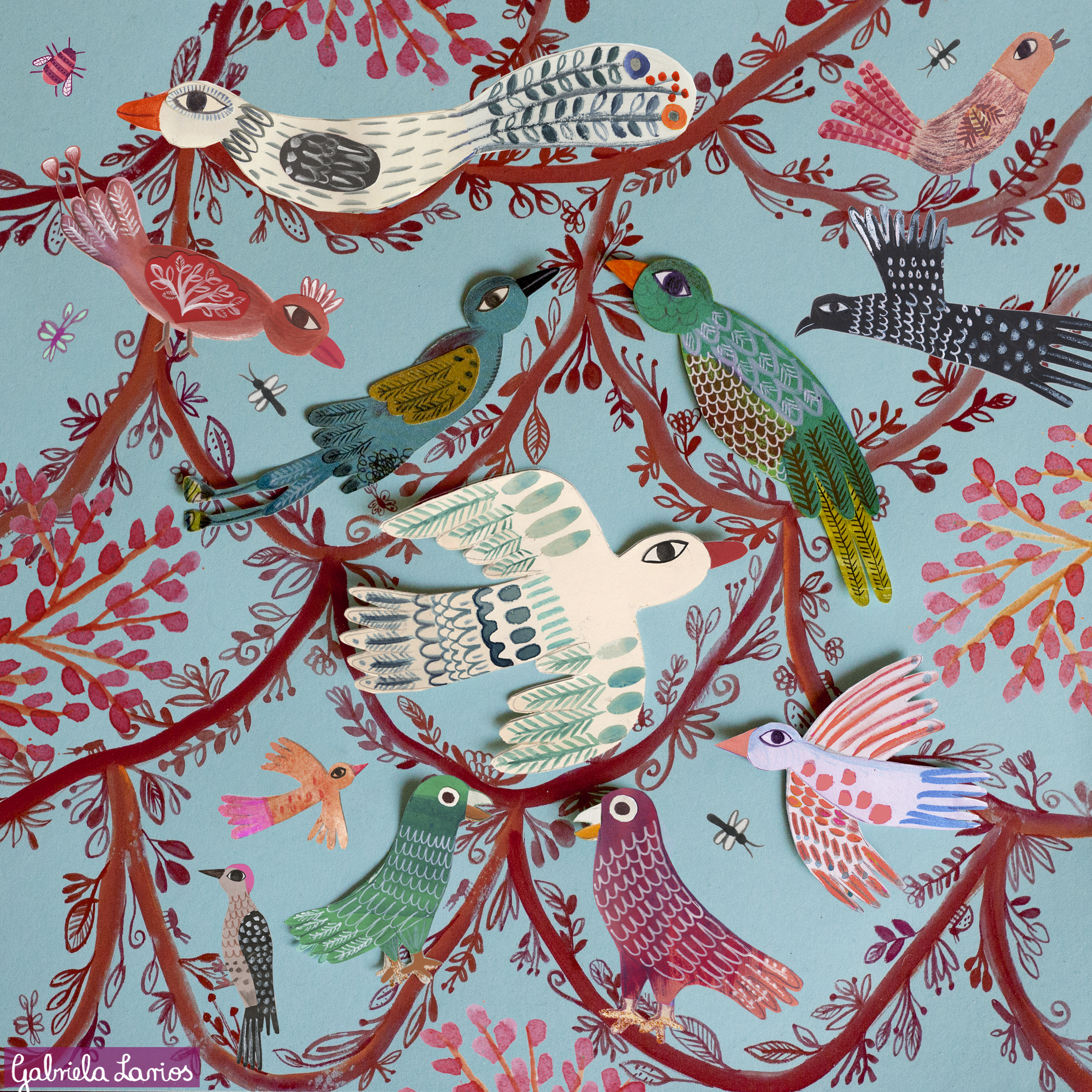Picture libraries and artist agencies are not just a great source of imagery for greeting card publishers, but due to their wide reach into other fields are also an invaluable gauge of design trends and influences on the aesthetic.
In the latest instalment of this popular series, Sue Bateman, director of Yellow House Art Licensing, which incidentally is celebrating its magnificent 10th anniversary, picks out her trio of trends.

Drivers: “The drivers for trends in 2021 will all be down to our responses to the key events in 2020 – the global pandemic, Black Lives Matter and the ever more urgent climate emergency. The global pandemic has made us more aware than ever how connected the world is, our aesthetic tastes will be more influenced by different cultures as we appreciate that we are truly all in this together. At the same time our need to stay home and stay safe will bring us back to the comfort of craft and familiar traditions. We will all need cheering up and I am aware of the increase demand for bright colours in our art – something Pantone has recognised with its selection of Yellow Illuminating as one of the colours of the year. I maybe be biased but you can’t deny how cheering yellow is!”
A trio of trends…
Colour Pop: “We need bright colours to cheer up our lives and remind us that summer and travel will be back before long. Over the last couple of years colours have been gradually asserting themselves in a sea of neutrals, especially in the world of interior design and a bright greeting card is an easy foray into the world of colour.”

Comfort & Support: “It would be good to think that the pandemic has reinvigorated our social conscience and we are now more aware of our community and the need to support each other. I think we will see more type-based designs on cards with sentiments that reflect our changed lifestyles and with general messages of comfort, thanks and support.”

Craft Appeal: “Over the last year people have turned to creative pursuits in a big way. Our new-found fascination with home crafts will endure and tastes will continue to move away from digital art towards hand-crafted images. Textures, painting, printing and mark making will be important, as will an increased interest in the artist who actually created the image. As part of this I have noticed an increase in requests for folk art that spans across cultures.”
























